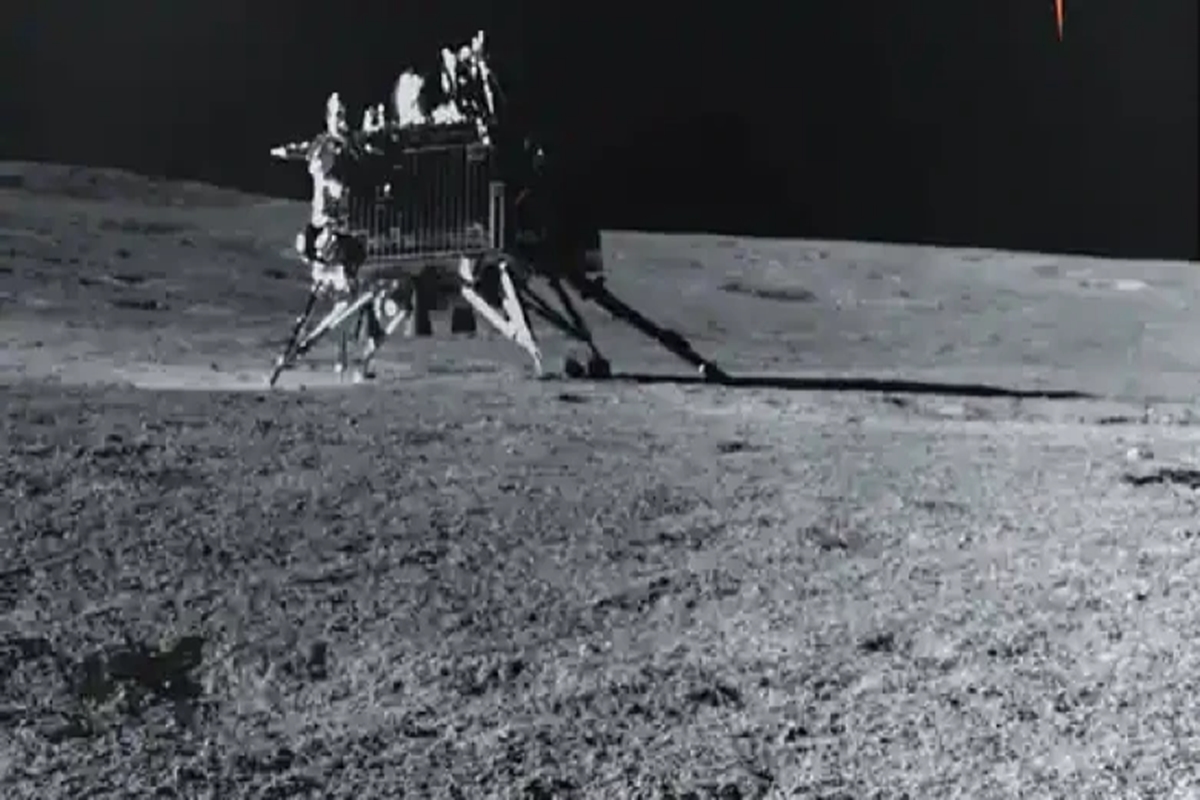After a long sleep of nearly 14 earth days on Moon, ISRO is all set to re-start Chandrayaan 3’s lander module Vikram and Rover Pragyan as the sun rises over the lunar surface. Chandrayaan 3’s Lander Vikram and Rover Pragyan are parked next to each other in a sleep mode after they successfully completed their initially assigned tasks.
When the sun rises again on the moon, which is anticipated to occur on September 22, the solar panel will be illuminated. Even though Vikram and Pragyan were only intended to live for one lunar day, there are chances they might awaken at the next sunrise.
Advertisement
On September 2, ISRO said that the two payloads APXS and LIBS were turned off and the rover has been parked safely on the lunar surface next to Vikram lander. However, the agency left solar panel of the Lander and rover oriented to receive light at the next sunrise.
“Hoping for a successful awakening for another set of assignments! Else, it will forever stay there as India’s lunar ambassador,” ISRO had said.
On August 24, India created history after its Moon mission Chandrayaan 3 achieved soft landing near the South Pole region on lunar surface. As the Vikram lander carrying the Pragyaan rover in its belly touched down on the lunar surface, it marked a giant leap in India’s spacefaring journey providing a well-deserved finale to ISRO’s long years of toil.
The mission revealed crucial information about Moon and carried out several in-situ experiments on the lunar surface. It recorded variations of temperature on the lunar surface. At a depth of 8 cm, the payload attached to Chandrayaan 3’s lander Vikram recorded temperature as low as (-) 10 degrees centigrade.
With the gradual rise towards the surface, the temperature too could be seen rising. Above the surface, the graph showed a relative stagnancy in temperature between 50-60 degrees centigrade.
It also revealed that Moon has Sulphar (S) and found traces of Oxygen (O) on the lunar surface. The rover Pragyan also confirmed the presence of Aluminum, Calcium, Iron, Chromium, and Titanium on the lunar surface.
















